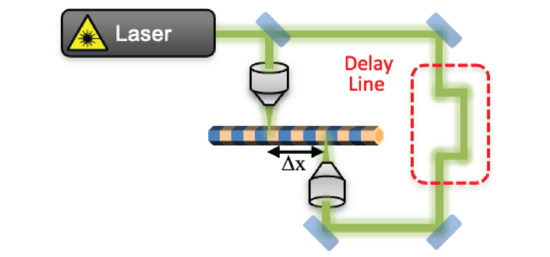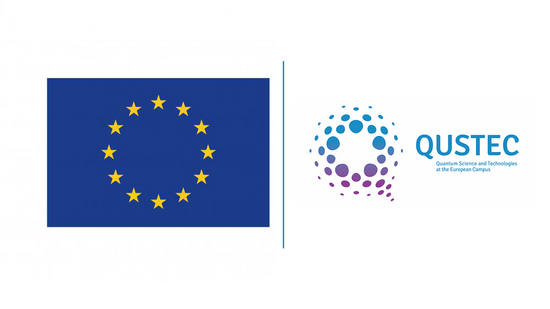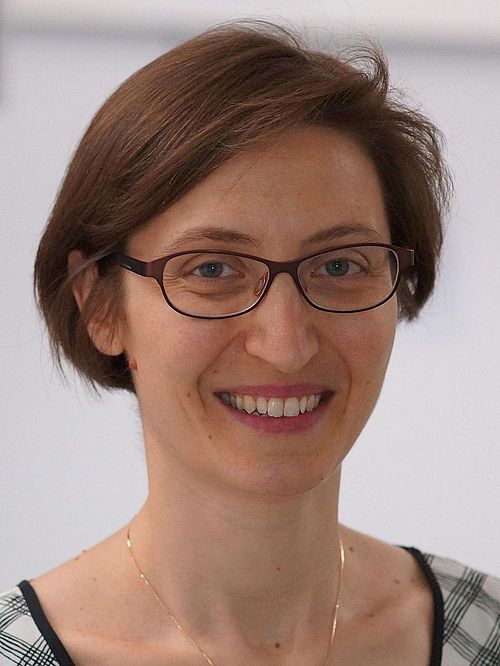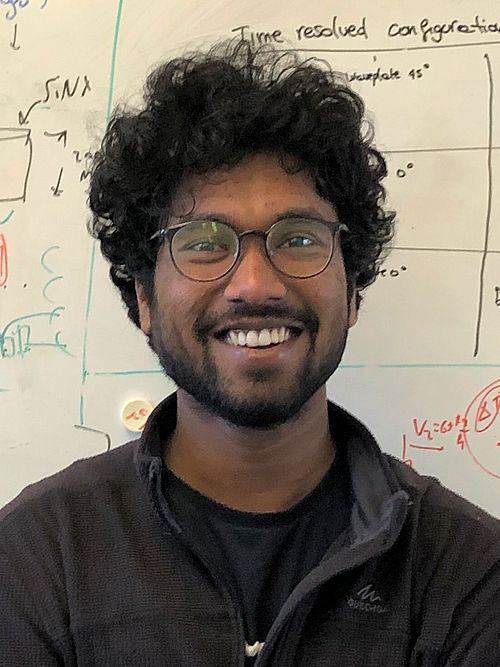
Phonon Interference in Nanostructures
The objective of this proposal is the realization of interference experiments with phonons to attain the same level of complexity that can be achieved with electrons and photons. The investigation of phonon interference and different phonon transport regimes is of fundamental interest and is crucial for the manipulation of phonons. Achieving wave interference of phonons will enable precise manipulation of heat flow by controlling the thermal conductivity of materials. Therefore, we aim at exploring:
- Phonon interference in nanowire superlattices
- Phonon transport in nanowire junctions
We propose to use nanowires as the platform for investigating and designing the phonon interference effects because they offer unique possibilities in terms of the ease of growth of heterostructures (i.e. combining materials that cannot be joined in 2D because of lattice mismatch and realizing crystal phase superlattices). They also enable the growth of high-quality nanowire junctions or networks.
Phonon interference will be probed by means of inelastic light scattering and thermal transport experiments on nanowire superlattices and nanowire junctions. This project will benefit from our group’s advanced nanofabrication expertise to study wave like propagation of heat at the nanoscale. The thermal transport measurements are performed using a suspended thermal bridge microdevice.
The complexity and diversity of the envisioned experiments, which are key for the success of the proposed research project, requires the broad experimental spectrum and technological expertise.
This project will strengthen the understanding of the physics of phonons. Furthermore, since phonons are responsible of heat transport, this project will also have an impact on thermal management at the nanoscale.
Publications
Team Members
Funding

This project has received funding from the Swiss National Science Foundation under the project funding scheme (Project Grant No. 184942).

This project has received cofunding from the QUSTEC programme from the European Union’s Horizon 2020 research and innovation programme under the Marie Skłodowska-Curie grant agreement number 847471.



